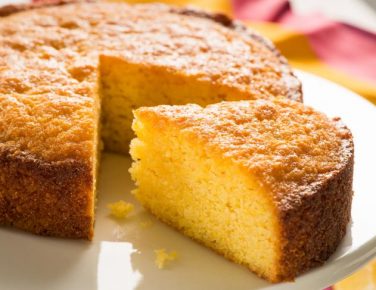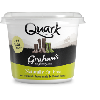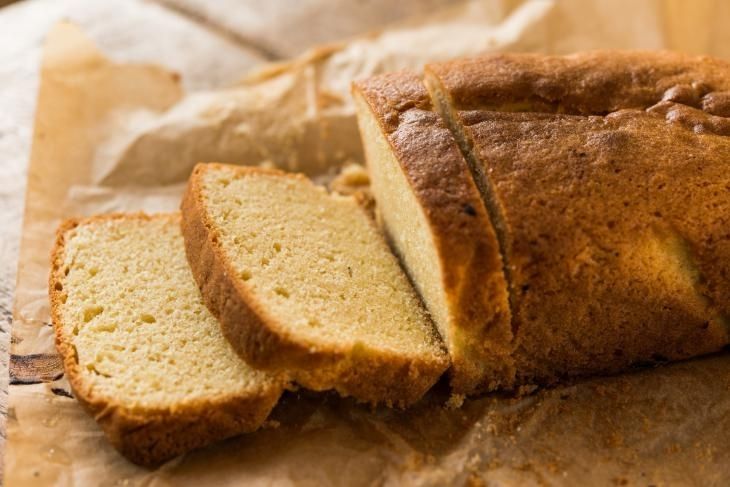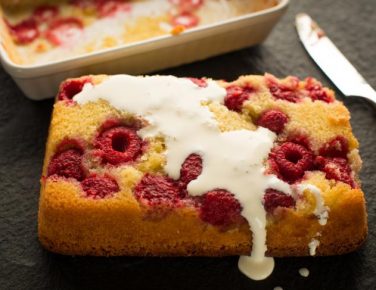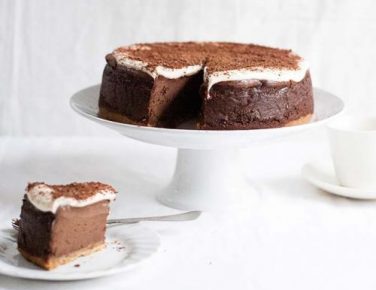Instructions:
I hear the naysayers yell: Madeira cake? That’s just a plain sponge! Yes and no. There’s plain and there’s plain. What I wanted to do with this recipe is show you how to get a cake that’s just a bit like what you can get in the shops, but with all the flavour that a high quality, homemade cake can provide.
Step 1
First, preheat your oven. Because this is quite a big cake and we don’t want a raw middle, go quite low – 160C/140C fan/Gas 2. At the same time, line your tin with a torn off square of baking paper (just shove it in).
Step 2
Into a large bowl, weigh your oil and your butter. Use an electric whisk or wooden spoon to smoosh them together. Then, add your sugar and beat for at least 5 minutes or until your mixture is light and fluffy. Really, it should be ice-white.
Step 3
Add your eggs, one at a time. It helps to break them into a wee bowl first so as to not incorporate any shell. Whisk for at least a minute after each addition. It shouldn’t curdle. But if it does, don’t worry
Step 4
Add your flour and baking powder – no need to sieve, but don’t dump it on and force all the air out your mix. Fold these in gently with a large metal spoon, scooping the mixture from the bottom and dumping it on top. Keep going until the mix is smooth, but don’t overmix.
Step 5
Scrape your mixture into your lined tin, smooth out (doesn’t need to be perfect) and place in your preheated oven. Bake for approximately 40-50 minutes, until golden brown on top and springy. You should check the cake for doneness by placing a knife or skewer into the middle and seeing if it comes out clean. If not, give it another 10 minutes.
Leave to cool and serve with butter or jam. Or just eat it, steaming, from the oven.
Top Tip:
This cake relies on a good rise – for this to happen, it really helps to make sure your eggs are at room temperature and your butter is soft. Take them out of the fridge at least 3-4 hours before baking, and preferably the night before.
Enjoy!
